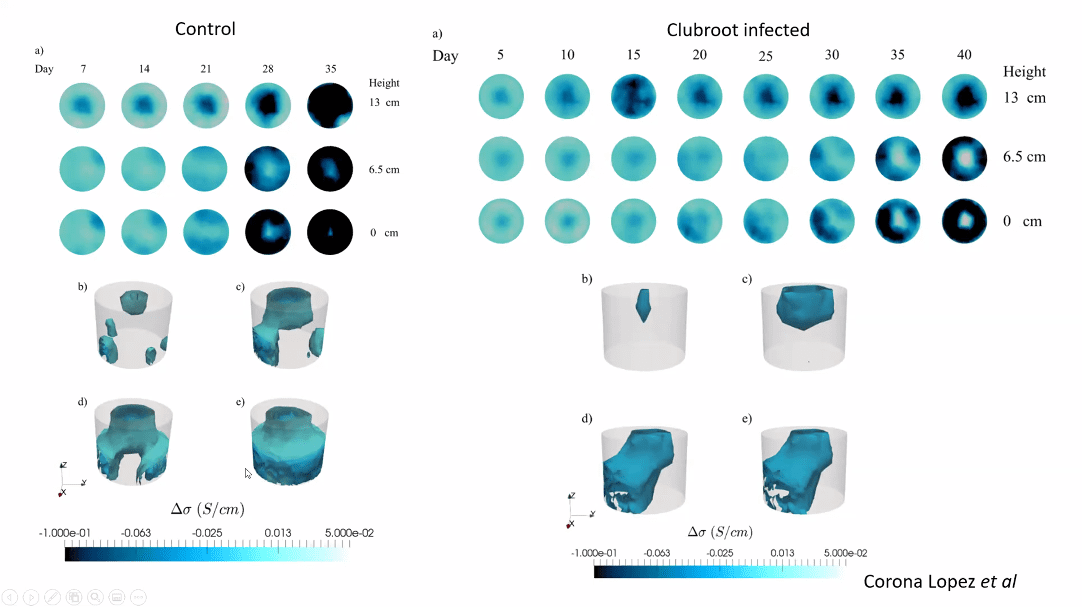The PhenomUK Event, Ubiquitous & Synchronous ‘Roots & Shoots’ imaging for Phenotyping & Controlled Environment Agriculture took place on 24th November.
Prof. Tony Pridmore (Nottingham University) kicked off the event by providing an introduction to PhenomUK and their network activities/events. These include an annual UK conference on Crop Phenotyping, along with a series of workshops which explore particular subjects/topics along with introducing other research communities. He also highlighted the interest in developing workshops with other organisations such as the upcoming PhenomUK/CHAP event.
Next Dr Steve Rolfe (University of Sheffield) gave an overview of the plant phenotyping sector, detailing the variety of devices and the detail and scale of measurements available. In particular, he focused on the increasing development of non-destructive sensors that can report in real-time, and how they could facilitate increased data collection and resolution. He also examined the utility of whole plant phenotyping, using opaque soilless materials or Electrical Impedance Tomography (EIT) to examine root growth, along with above ground techniques such as multispectral imaging, chlorophyll florescence and thermography. Together these could monitor responses to pest/diseases, nutrient status, growth rate and plant architecture, among other useful metrics. For me, the most interesting aspect was his explanation of EIT and a recent project examining clubroot disease in brassicas. Here EIT could be used to decipher the early development of the gall at a stage where nothing can be seen above ground, and also examine how this alters root architecture. While in its infancy and still at the ‘blob-omics’ stage, in his words, Steve also demonstrated how this had been further refined with the help of Prof. Bruce Grieve (Manchester University). He also covered their joint GCRF project examining root development in African cow pea and how this could be used to improve crop yield.
Following on from this, Prof. Bruce Grieve gave a presentation from inside a greenhouse fitted with a gantry system from CHAP member and Manchester spin-out Fotenix. Here he outlined how the automated system could examine multiple plants at a time, using a series of different spectra or wavelengths, to examine for alterations in physiology. He explained how this system was different to many other imagining techniques which use halogen lights, and how this more targeted approach reduced plant damage caused by over-exposure to strong light sources. He also examined how this could be used to examine multiple aspects from specific spectral signatures to overall plant architecture and growth through 3D imaging.
If you have any questions about working with CHAP, please send us an email using the enquiries form at the bottom of our homepage.












